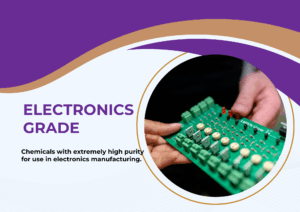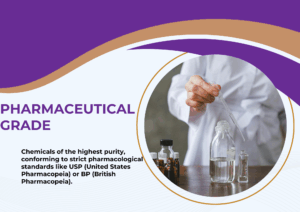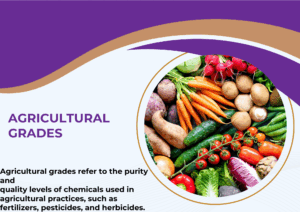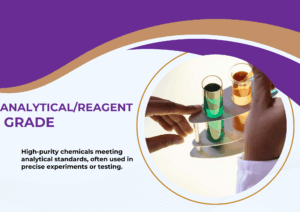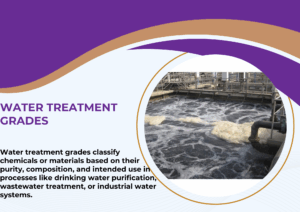Emulsifying Wax Anionic
Whatsapp Order
Emulsifying Wax Anionic is a versatile surfactant blend composed primarily of fatty alcohols (such as cetyl or stearyl alcohol) and anionic surfactants like sodium lauryl sulfate. It is designed to stabilize oil-in-water (O/W) emulsions by reducing interfacial tension between water and oil phases. It appears as white to off-white solid flakes or pellets, with a mild fatty odor and is dispersible in water with agitation and mild heat. Known for its excellent emulsification, cleansing, and thickening properties, this emulsifying wax is widely used in cosmetics, pharmaceuticals, household cleaners, and industrial applications.
Description
Table of Contents
Toggle
Emulsifying Wax Anionic
Primary Uses
- Cosmetics & Personal Care
- Creams and Lotions: Used as a primary emulsifier in moisturizers, anti-aging creams, and sunscreens to stabilize oil-in-water emulsions and improve skin feel.
- Hair Conditioners and Shampoos: Enhances product stability and foam generation while conditioning the scalp.
- Cleansing Creams and Facial Washes: Provides mild cleansing action and creamy texture through its anionic surfactant content.
- Deodorants and Antiperspirants: Assists in emulsifying oils and actives in stick or roll-on formulations.
- Sunscreens: Helps evenly disperse and stabilize UV filters in the water phase for long-lasting protection.
- Baby Products: Used in baby creams and gentle cleansers due to its mild, non-greasy emollient nature.
- Pharmaceuticals
- Topical Creams and Ointments: Used in medicated formulations such as antifungals, corticosteroids, and anesthetics to stabilize emulsions and enhance spreadability.
- Dermatological Preparations: Assists in even distribution of actives like salicylic acid, clotrimazole, and corticosteroids.
- Ophthalmic and Nasal Creams: Facilitates drug delivery via semi-solid emulsions, ensuring better patient compliance and stability.
- Transdermal Drug Delivery Systems: Supports emulsification of drug-loaded lipophilic and hydrophilic ingredients for absorption through skin.
- Household & Industrial Cleaning
- Surface Cleaners: Used in floor and surface cleaning emulsions for dispersing oily residues.
- Liquid Hand Soaps and Dishwashing Liquids: Adds viscosity and improves foaming action.
- Laundry Pre-treatments: Stabilizes emulsions containing stain removers or fragrance oils.
- Polish and Wax Emulsions: Stabilizes wax-based emulsions used for furniture and car polishes.
Secondary Uses
- Food Industry (if food-grade variant)
- Bakery and Confectionery: Acts as an emulsifier and stabilizer in icings, whipped toppings, and fillings (only when explicitly food-grade).
- Nutraceutical Creams or Topicals: Used in topical delivery systems for fortified creams and lotions.
- Textile Industry
- Textile Finishing Agents: Used as a softener base and emulsifier in finishing baths.
- Wetting Agent: Promotes uniform dyeing during fabric processing.
- Paints, Coatings & Adhesives
- Water-based Paints and Emulsions: Acts as a stabilizer and dispersant in pigment suspensions.
- Adhesive Formulations: Maintains homogeneity and texture of adhesives containing both hydrophilic and lipophilic ingredients.
- Agriculture
- Pesticide Formulations: Stabilizes emulsions in water-based pesticide sprays.
- Fertilizer Blends: Ensures dispersion of nutrient oils or bioactive agents in aqueous solutions.
KEY PRODUCT FEATURES
1. Basic Identification Attributes
- Chemical Name (IUPAC): Fatty alcohol ethoxylates and anionic surfactants blend
- Common/Trade Name: Emulsifying Wax - Anionic
- CAS Number: Mixture (typically includes CAS 68891-38-3, 68439-49-6, or similar)
- HS Code: 3402.11.00
- Molecular Formula: Variable – based on composition (e.g., C₁₆H₃₄O for cetyl alcohol with ethoxylates)
- Synonyms:
- Anionic Emulsifying Wax
- Fatty Alcohol Ether Sulfate Wax
- Emulsifying Wax S
- Emulsifier S
- SLS-based Wax Blend
2. Physical & Chemical Properties
- Physical State: White to off-white solid flakes or beads
- Odor: Mild fatty or soap-like odor
- Melting Point: 50–60°C
- pH (1% solution): 6.5–8.0 (slightly alkaline)
- Solubility: Dispersible in water and soluble in alcohols
- Stability: Stable under ambient storage; sensitive to strong acids
- Cloud Point: Typically above 70°C
- Thickening Capability: Adds viscosity and body to emulsions, depending on use level (0.5–5%)
3. Safety & Hazard Attributes
- Hazard Class (GHS): Not classified as hazardous
- Toxicity: Low toxicity; may cause mild skin or eye irritation on direct contact
- Exposure Limits: Not specifically established
- Flammability: Not highly flammable but combustible at high temperatures
4. Storage & Handling Attributes
- Storage Conditions: Store in a cool, dry, well-ventilated area away from heat and direct sunlight
- Container Type: Fiber drums, PE-lined sacks, or HDPE containers
- Shelf Life: 24 months in sealed original packaging
- Handling Precautions: Avoid generating dust; keep away from sources of ignition
5. Regulatory & Compliance Attributes
- FDA Status: Approved for topical use in OTC and cosmetic applications (not for ingestion)
- REACH Registration: Registered in EU
- US Pharmacopeia (USP)/NF Compliance: Available in pharma-grade variants
- Restrictions: Not permitted in food applications unless specified as food-grade
6. Environmental & Health Impact
- Biodegradability: Biodegradable under aerobic conditions
- Ecotoxicity: Low to moderate; avoid release to water bodies
- Bioaccumulation: Not expected
- Carcinogenicity/Mutagenicity: Not classified as carcinogenic or mutagenic
SAFETY HANDLING PRECAUTIONS
Safety Handling Precautions
PPE Required:
- Chemical-resistant gloves
- Safety goggles or face shield
- Dust mask or respirator (in case of airborne particles)
- Lab coat or chemical apron
Handling Guidelines:
- Handle in well-ventilated areas
- Avoid dust generation during mixing or transfer
- Do not mix with strong acids or oxidizers
- Clean up spills promptly using dry, non-sparking tools
Storage Measures:
- Store tightly sealed in original packaging
- Keep dry and away from heat sources
- Avoid exposure to direct sunlight or freezing conditions
- Segregate from incompatible materials (strong oxidizers or acids)
Hygiene Practices:
- Wash hands and face thoroughly after handling
- Do not eat, drink, or smoke while working with the material
- Clean equipment regularly to avoid residue buildup
- Use clean tools to prevent contamination
First Aid Measures
- Inhalation: Move to fresh air; seek medical attention if respiratory symptoms develop
- Skin Contact: Wash with soap and water; remove contaminated clothing; seek medical advice if irritation develops
- Eye Contact: Rinse with clean water for 15 minutes; consult a physician if irritation persists
- Ingestion: Rinse mouth; do not induce vomiting; seek medical attention for large ingestions
Firefighting Measures
- Fire Hazards: Combustible solid; can produce smoke when heated above flash point
- Extinguishing Media: Foam, CO₂, dry chemical, or water spray
- Special Precautions: Use self-contained breathing apparatus in enclosed fires
- Decomposition Products: Carbon monoxide, carbon dioxide, sulfur oxides, and fatty aldehydes under fire conditions
Related products
Ceteareth 25 Ginonic
Ceteareth 25 Ginonic CSA 25 is a nonionic surfactant and emulsifier derived from the ethoxylation of cetearyl alcohol, incorporating approximately 20 ethylene oxide units per molecule. It appears as a white to off-white waxy solid or viscous liquid, depending on temperature and formulation. This emulsifier is widely used in cosmetic, pharmaceutical, and industrial formulations for its excellent ability to stabilize oil-in-water emulsions, improve texture, and enhance the sensory properties of finished products. Its high hydrophilic-lipophilic balance (HLB) makes it especially effective in forming stable emulsions and solubilizing lipophilic ingredients in aqueous phases. Ceteareth 20 is valued for its mildness, broad compatibility, and multifunctional performance.
Cocodiethanolamide (CDEA)
Cocodiethanolamide (CDEA) is a viscous, amber to dark brown liquid derived from the reaction of coconut oil fatty acids with diethanolamine. It is a non-ionic surfactant and foam stabilizer commonly used in personal care and cleaning products. CDEA enhances foam quality, viscosity, and skin conditioning properties in formulations. Due to its excellent emulsifying and thickening abilities, it is widely used as a secondary surfactant to boost the performance of primary detergents. It is valued for its biodegradability, mildness, and compatibility with various surfactants and other ingredients in cosmetics and industrial formulations.
Diethanolamine
Diethanolamine is a colorless to pale yellow, viscous liquid with a mild ammonia-like odor. It is a secondary amine and diol, widely used in various industrial, pharmaceutical, and cosmetic applications. DEA is highly soluble in water and many organic solvents. It acts as an intermediate in the synthesis of surfactants, emulsifiers, corrosion inhibitors, and pharmaceuticals. It is valued for its alkalinity, emulsifying properties, and ability to form stable complexes with fatty acids.
Galsilk 700
Galsilk (Polyquartenum) is a water-soluble cationic polymer known chemically as Polyquaternium-7. It is widely used as a conditioning agent in personal care and cosmetic formulations, prized for its excellent substantivity to hair and skin, providing softness, smoothness, and antistatic effects. This polymer is typically supplied as a clear to slightly hazy viscous liquid or gel. It is compatible with a broad range of surfactants and ingredients, enhancing the sensory profile of shampoos, conditioners, styling products, and skincare formulations. Galsilk 700 is also valued for its film-forming properties and ability to improve product stability.
Polysorbates
Polysorbates are a class of nonionic surfactants derived from sorbitol and fatty acids, commonly used as emulsifiers, solubilizers, and dispersing agents in a wide range of industries. They improve the mixing of oil and water phases, stabilize emulsions, and enhance the texture and consistency of formulations. Polysorbates are widely used in pharmaceuticals, cosmetics, food products, and industrial applications due to their biocompatibility, low toxicity, and effectiveness at low concentrations.
Triethanolamine
Triethanolamine (TEA) is a viscous, colorless to pale yellow liquid with a mild ammonia-like odor. It is a multifunctional organic compound widely used in cosmetics, pharmaceuticals, and industrial applications as a pH adjuster, emulsifier, surfactant, and corrosion inhibitor. Triethanolamine neutralizes fatty acids to form soaps and helps stabilize emulsions, making it essential in personal care formulations and various chemical manufacturing processes. Its versatility and compatibility with other ingredients make it a valuable additive in numerous industries.
Tween 20 (Polysorbate 20)
Tween 20, also known as Polysorbate 20, is a non-ionic surfactant and emulsifier derived from the esterification of sorbitan (from sorbitol) with fatty acids, followed by ethoxylation. It is a pale yellow to amber viscous liquid that is completely soluble in water, making it ideal for emulsifying oil-in-water systems. Tween 20 is widely used in cosmetics, pharmaceuticals, food, biotechnology, and industrial formulations due to its excellent emulsifying, dispersing, solubilizing, and stabilizing properties.
Tween 80 (Polysorbate 80)
Tween 80, or Polysorbate 80, is a non-ionic surfactant and emulsifier derived from the ethoxylation of sorbitan monooleate. It is a pale yellow to amber viscous liquid with a mild odor and is completely soluble in water and many polar solvents. Tween 80 is widely used in food, pharmaceuticals, cosmetics, biotechnology, and industrial applications. Its high Hydrophilic-Lipophilic Balance (HLB ~15) makes it particularly effective in stabilizing oil-in-water emulsions and solubilizing lipophilic substances.

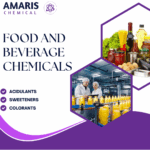
 Preservatives(food)
Preservatives(food) Flavor Enhancers
Flavor Enhancers Acidulants
Acidulants Sweeteners
Sweeteners Antioxidants
Antioxidants Colorants(food)
Colorants(food)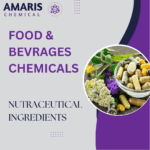 Nutraceutical Ingredients (food)
Nutraceutical Ingredients (food) Nutrient Supplements
Nutrient Supplements Emulsifiers
Emulsifiers
 Collectors
Collectors Dust Suppressants
Dust Suppressants Explosives and Blasting Agents
Explosives and Blasting Agents Flocculants and Coagulants
Flocculants and Coagulants Frothers
Frothers Leaching Agents
Leaching Agents pH Modifiers
pH Modifiers Precious Metal Extraction Agents
Precious Metal Extraction Agents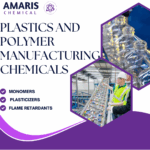
 Antioxidants(plastic)
Antioxidants(plastic) Colorants (Pigments, Dyes)
Colorants (Pigments, Dyes) Fillers and Reinforcements
Fillers and Reinforcements Flame Retardants
Flame Retardants Monomers
Monomers Plasticizers
Plasticizers Polymerization Initiators
Polymerization Initiators Stabilizers (UV, Heat)
Stabilizers (UV, Heat)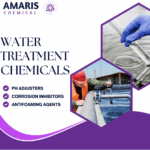
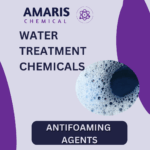 Antifoaming Agents
Antifoaming Agents Chelating Agents
Chelating Agents Coagulants and Flocculants
Coagulants and Flocculants Corrosion Inhibitors
Corrosion Inhibitors Disinfectants and Biocides
Disinfectants and Biocides Oxidizing Agents
Oxidizing Agents pH Adjusters
pH Adjusters Scale Inhibitors( water)
Scale Inhibitors( water)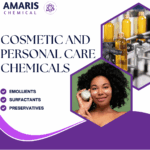
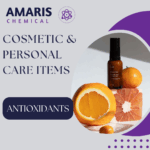 Antioxidants(cosmetic)
Antioxidants(cosmetic) Emollients
Emollients Fragrances and Essential Oils
Fragrances and Essential Oils Humectants
Humectants Preservatives
Preservatives Surfactants(cosmetic)
Surfactants(cosmetic) Thickeners
Thickeners UV Filters
UV Filters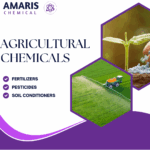
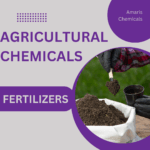 Fertilizers
Fertilizers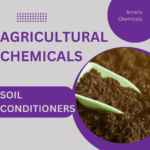 Soil Conditioners
Soil Conditioners Plant Growth Regulators
Plant Growth Regulators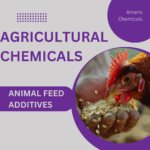 Animal Feed Additives
Animal Feed Additives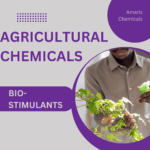 Biostimulants
Biostimulants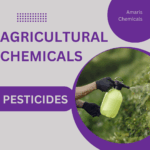 Pesticides (Herbicides, Insecticides, Fungicides)
Pesticides (Herbicides, Insecticides, Fungicides)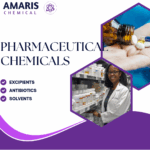
 Active Pharmaceutical Ingredients (APIs)
Active Pharmaceutical Ingredients (APIs) Excipients
Excipients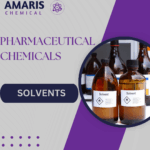 Solvents(pharmaceutical)
Solvents(pharmaceutical) Antibiotics
Antibiotics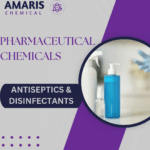 Antiseptics and Disinfectants
Antiseptics and Disinfectants Vaccine Adjuvants
Vaccine Adjuvants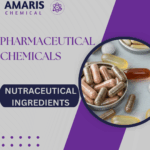 Nutraceutical Ingredients (pharmaceutical)
Nutraceutical Ingredients (pharmaceutical)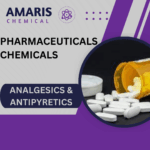 Analgesics & Antipyretics
Analgesics & Antipyretics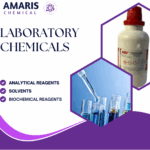
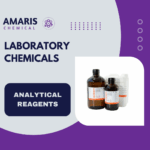 Analytical Reagents
Analytical Reagents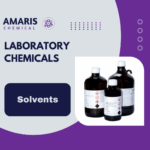 Solvents(lab)
Solvents(lab)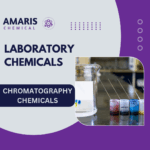 Chromatography Chemicals
Chromatography Chemicals Spectroscopy Reagents
Spectroscopy Reagents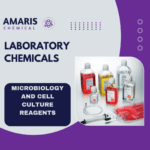 microbiology-and-cell-culture-reagents
microbiology-and-cell-culture-reagents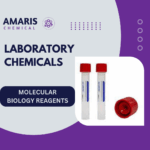 Molecular Biology Reagents
Molecular Biology Reagents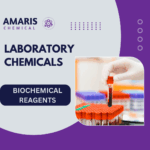 Biochemical Reagents
Biochemical Reagents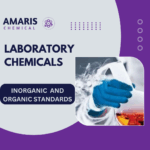 Inorganic and Organic Standards
Inorganic and Organic Standards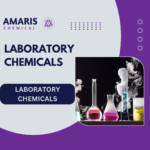 Laboratory Safety Chemicals
Laboratory Safety Chemicals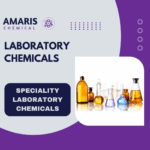 Specialty Laboratory Chemicals(Special Laboratory Equipment)
Specialty Laboratory Chemicals(Special Laboratory Equipment)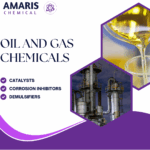
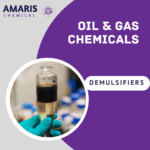 Demulsifiers
Demulsifiers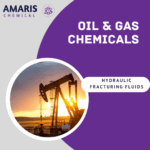 Hydraulic Fracturing Fluids
Hydraulic Fracturing Fluids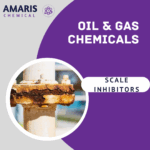 Scale Inhibitors(oil)
Scale Inhibitors(oil) Surfactants(oil)
Surfactants(oil)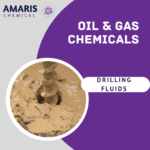 Drilling Fluids
Drilling Fluids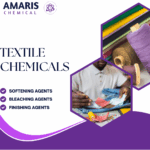
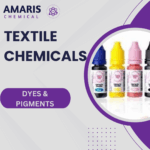 Dyes and Pigments
Dyes and Pigments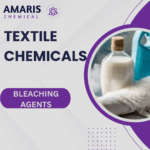 Bleaching Agents
Bleaching Agents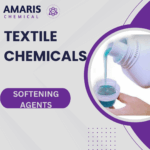 Softening Agents
Softening Agents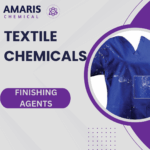 Finishing Agents
Finishing Agents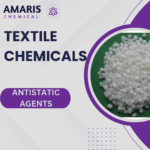 Antistatic Agents
Antistatic Agents
 Admixtures
Admixtures Waterproofing Agents
Waterproofing Agents Sealants and Adhesives
Sealants and Adhesives Curing Compounds
Curing Compounds Concrete Repair Chemicals
Concrete Repair Chemicals Anti-Corrosion Coatings
Anti-Corrosion Coatings
 Surfactants(cleaning)
Surfactants(cleaning) Builders
Builders Enzymes
Enzymes Solvents (Cleaning)
Solvents (Cleaning) Fragrances
Fragrances
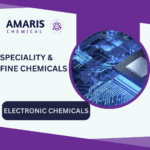 Electronic Chemicals
Electronic Chemicals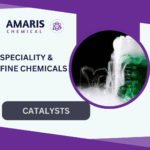 Catalysts
Catalysts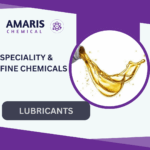 Lubricants
Lubricants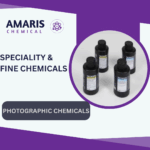 Photographic Chemicals
Photographic Chemicals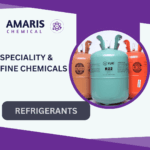 Refrigerants
Refrigerants Automotive chemicals
Automotive chemicals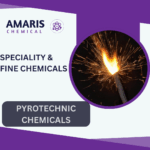 Pyrotechnic Chemicals
Pyrotechnic Chemicals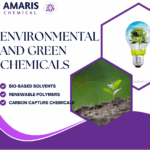
 Biodegradable Surfactants
Biodegradable Surfactants Bio-based Solvents
Bio-based Solvents Renewable Polymers
Renewable Polymers Carbon Capture Chemicals
Carbon Capture Chemicals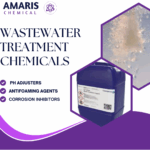 Wastewater Treatment Chemicals
Wastewater Treatment Chemicals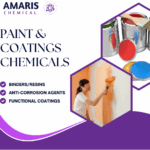
 Pigments
Pigments Solvents(paint)
Solvents(paint) Specialty Coatings
Specialty Coatings Binders/Resins
Binders/Resins Additives
Additives Driers
Driers Anti-Corrosion Agents
Anti-Corrosion Agents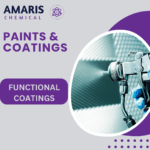 Functional Coatings
Functional Coatings Application-Specific Coatings
Application-Specific Coatings
 Fresh Herbs
Fresh Herbs Ground Spices
Ground Spices Whole Spices
Whole Spices Spice Blends
Spice Blends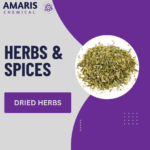 Dried Herbs
Dried Herbs
 Leavening Agents
Leavening Agents Dough Conditioners
Dough Conditioners Flour Treatments
Flour Treatments Fat Replacers
Fat Replacers Decoratives
Decoratives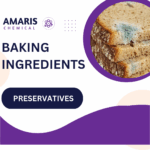 Preservatives(baking)
Preservatives(baking)
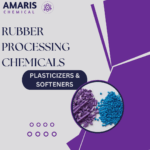 Plasticizers & Softeners
Plasticizers & Softeners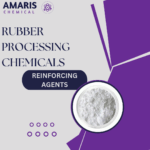 Reinforcing Agents
Reinforcing Agents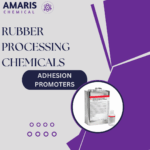 Adhesion Promoters
Adhesion Promoters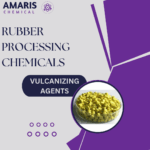 Vulcanizing Agents
Vulcanizing Agents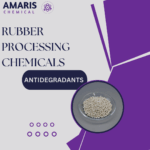 Antidegradants
Antidegradants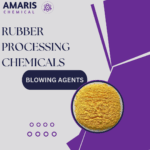 Blowing Agents
Blowing Agents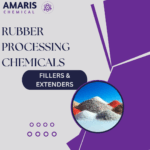 Fillers & Extenders
Fillers & Extenders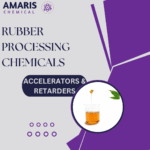 Accelerators & Retarders
Accelerators & Retarders



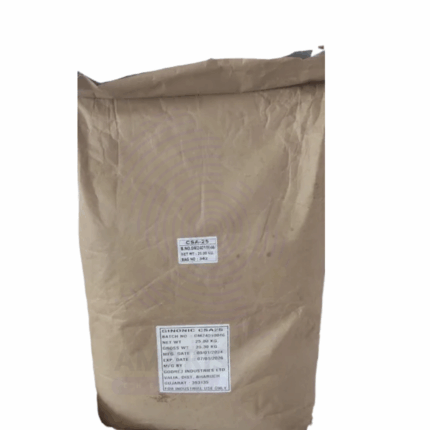

![Diethanolamine [C4H11NO2 or (CH2CH2OH)2NH] Amaris Chemicals](https://amarischemicalsolutions.com/wp-content/uploads/2025/07/Diethanolamine-C4H11NO2-or-CH2CH2OH2NH-Amaris-Chemicals-430x430.png)




